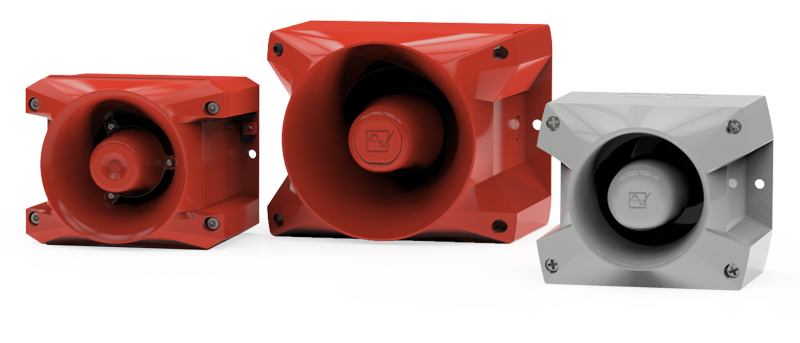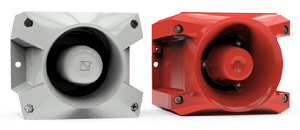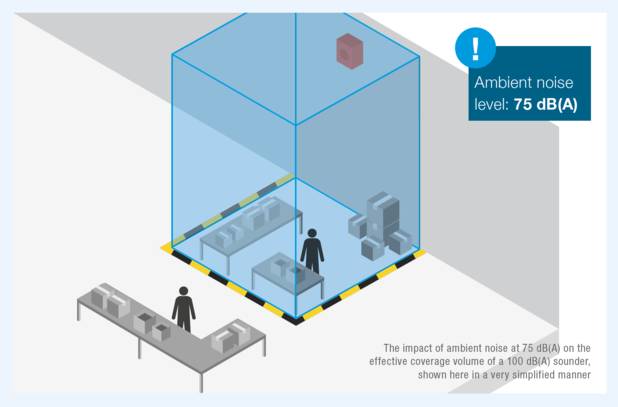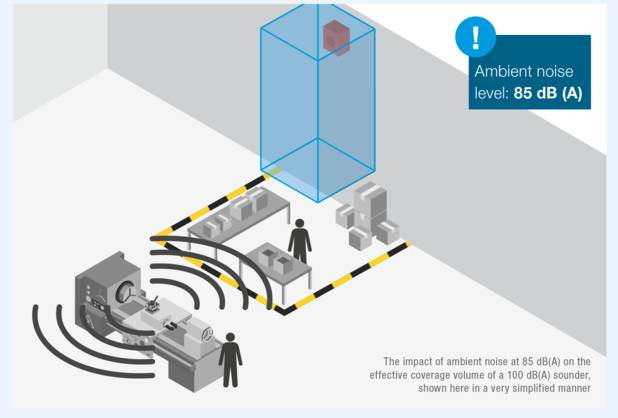Pfannenberg Audible Signaling Devices
Industrial Horns/Sirens/Sounders
Horns and sirens, also known as “sounders”, are tone generators that output an audible signal when a voltage is applied to their input power terminals. Sounders are self-generating – meaning that the tones are pre-programmed into their circuitry and the sound is simply emitted when power is supplied.
Sounders are widely used for generating evacuation alarms in the event of fire, toxic gas leak, or chemical spill. Other applications for sounders include machinery start-up alarms, back-up warning systems, process upset signals, heavy equipment movement, moving roof systems, crane movement, and movement of doors, gates, and barriers.
Sounders typically generate a variety of tones that can be user-selected. Some units are capable of delivering multiple tone stages. For example, one tone stage may signal evacuation, while a secondary tone stage may signal “all clear” or OK to return.
Why Choose Pfannenberg Audible Signaling Devices?
 Great Acoustic Penetration
Great Acoustic Penetration
100 dB (A) to 120 dB (A) nominal sound pressure level and superior coverage.
 Selectable Audible Notification
Selectable Audible Notification
Up to 80 pre-programmed tones and 4 different events
 Operates in Harsh Environments
Operates in Harsh Environments
Pfannenberg offer sounders which are suitable for use both indoors and outdoors and are adapted to all industrial requirements.
 10 Year Warranty
10 Year Warranty
Pfannenberg’s audible signaling devices include a standard 10-year warranty, guaranteed to protect men, machines and the environment.








